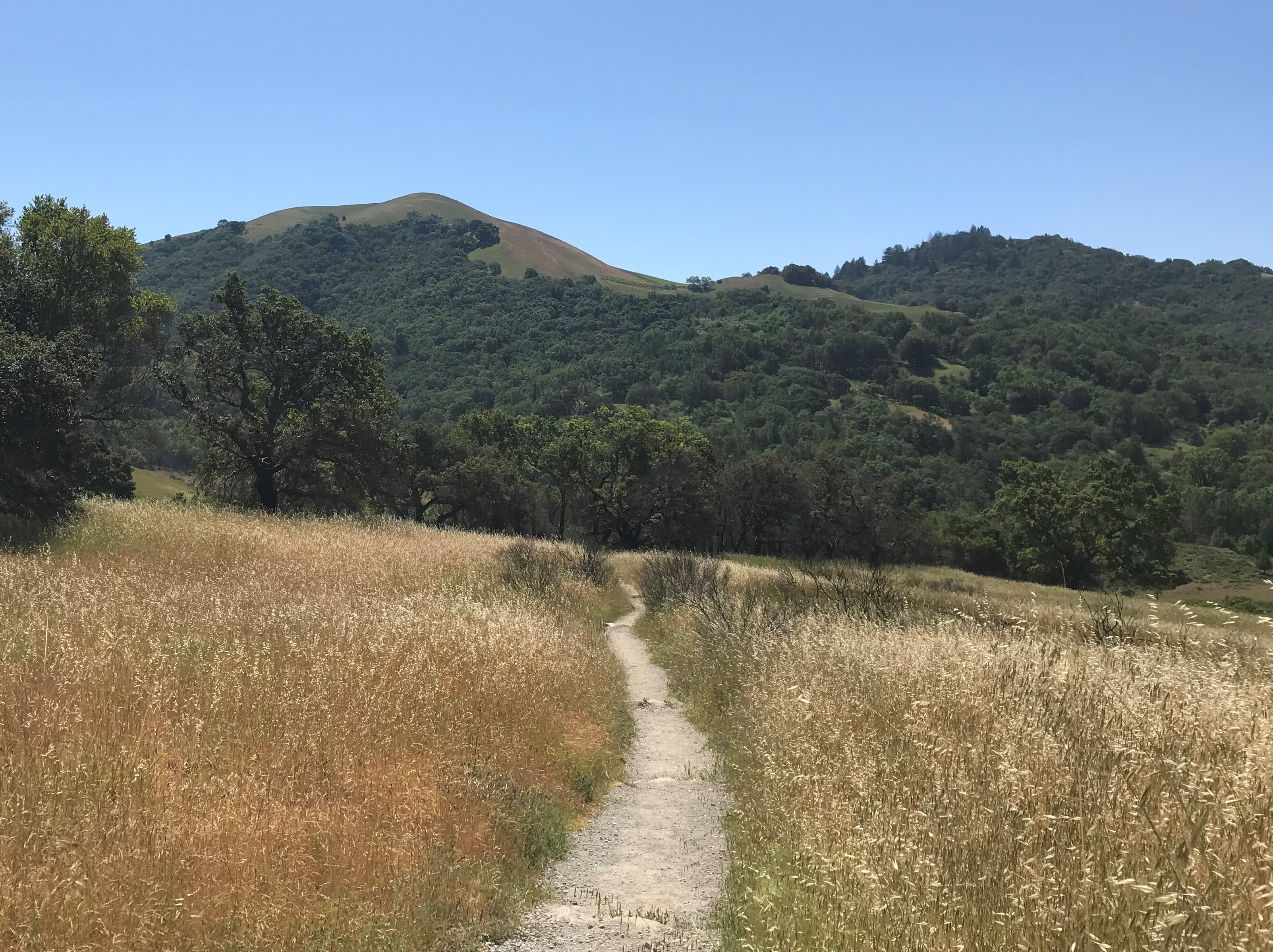Article Written by Dave Thompson
We took a scenic, three mile drive off U.S. Route 1 in Stockton Springs, to reach Fort Point State Park, named for the point where Governor Thomas Pownall established Fort Pownall in 1759. The goal was to see another iconic Maine lighthouse – Fort Point Light. As always, there is an interesting history here.
First, about the Lighthouse
In 1836, Fort Point Light Station was built as the first river light in Maine to aid the growing number of ships navigating the Penobscot between Bangor and Castine.

photo by Dave Thompson
In 1857, the present tower and keeper’s house replaced the original granite structures. The light station’s fixed white light, a fourth-order Fresnel lens with a 250-watt halogen bulb, is 88 feet above sea level and visible for more than 10 miles. The fog signal, a 1200 pound, cast iron bell suspended on a pyramidal tower built in 1890, remains in place.
For more than 120 years, employees of the U.S. Lighthouse Establishment, tended this light station before the Coast Guard took over in 1957.
The Other History
It’s important to understand history from the perspective of the people who were here, first.
Here’s my short history gleaned from the interpretive signs on the property.
Native Americans were estimated to be here since 500 to 1,000 B.C. They were ancestors of the historic Etchemins and modern-day Penobscots, “whose lifestyles depended upon climate change, geography, and the seasonal availability of food. Some of these groups may have specialized in the resources of the coast, occupying various sites either year-round or repeatedly throughout the year, while others moved seasonally from interior lands to the coast.”
Obviously, the existence of Native Americans was part of the problem for both “out-of-towners”, the French and English. These greedy Europeans had been in conflict with each other for more than one hundred years over possession of any North American land they found desirable.
Back to the Lighthouse
So, in 1758, Massachusetts Governor Thomas Pownall decided that a fort at the Penobscot River was of “utmost importance” for the English. Pownall wrote that “such a fort would allow the English to possess ‘fine country’ and ‘the finest bay in North America.’ It would also “keep the French and their Indian allies well inland.”
My translation? – Death to the French and push the Indians aside. Neither need to be coming and going to and from such a desirable place. Let’s control this place for us.
And then, in May 1759, Gov. Pownall brought 400 men here to build Fort Pownall. The fort’s large central blockhouse had four bastions and was surrounded by a palisade, ditch, and a large earthen bank, all shaped like a four-point star. According to the interpretive sign, it was a fort “with an exceptional design for its time and place.”
My translation? – The new inhabitants were justifying the exceptional design to offset the loss of use of the area by indigenous people.
But, as is often the case, soon after Fort Pownall was built, Quebec fell to the English, thus ending France’s foothold in North America. Exit French. No more conflict. No need for the fort.
So, Fort Pownall, “exceptional design” notwithstanding, did not fulfill its military purpose. It did however establish British presence, which led to English settlement of the Penobscot region, where the fort took on a new importance as a trade center.
More and more English, less and less natives, and a strong military presence to fight off the French. Now we’re getting somewhere!
Luckily the American Revolution came along, which allowed more distraction. Loyalists in charge of the fort allowed British sailors ashore one night in March 1775 to secretly remove the fort’s guns to keep them out of rebel hands. In return, American rebels burned the blockhouse and filled in the moat to prevent the British reoccupation of the fort.
Today, you can walk on the remnants of the walls of the “exceptional design.” Sadly there was no trace or remnant of the native inhabitants, however.
If you don’t let the somewhat troublesome history get in the way, Fort Point is a very beautiful spot. Maine’s Bureau of Parks and Lands now operates the historic site, and the structure has an automated light and fog signal. The light is impressive and nicely photogenic in its compactness.
We were there in the late afternoon on a weekday and there were few other folks. Lots of time to sit and enjoy. I decided it would be a pretty nice place to live, what with the panoramic view of the Penobscot River and Penobscot Bay. There are numerous nice spots for the evening cocktail. All would be very tranquil, except for that constant clanging bell and that annoying light overhead.
But, hey, you can get used to anything, I suppose.
About Dave Thompson
Dave Thompson is a guest writer for Journey Moore Often. He often posts intriguing stories, facts, and figures on social media. His followers (and anyone who has read his writings for that matter) love his point of view description and the back stories that accompany whatever he writes.
